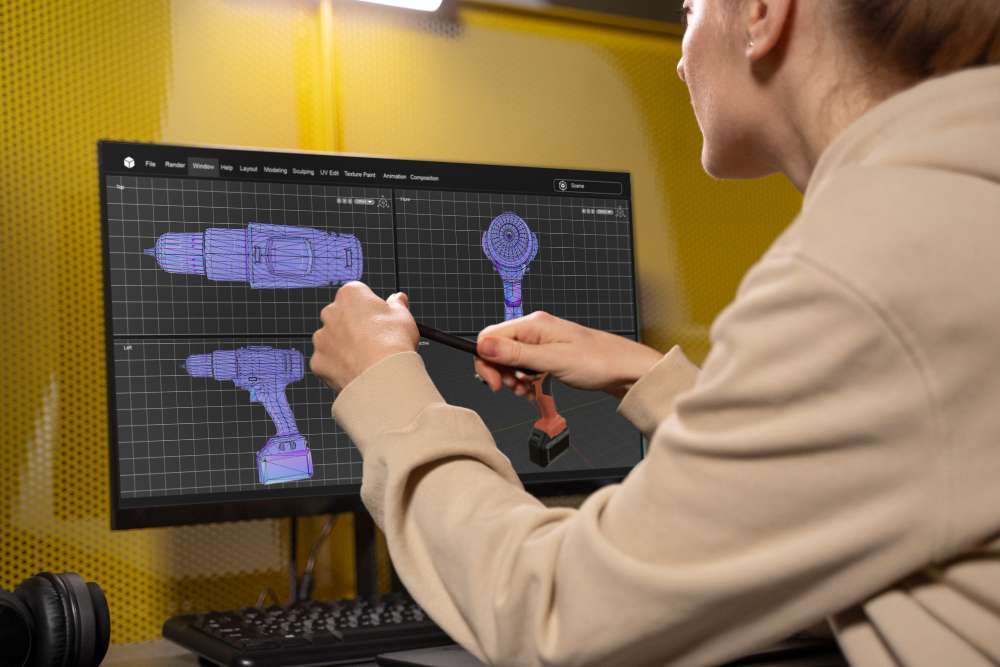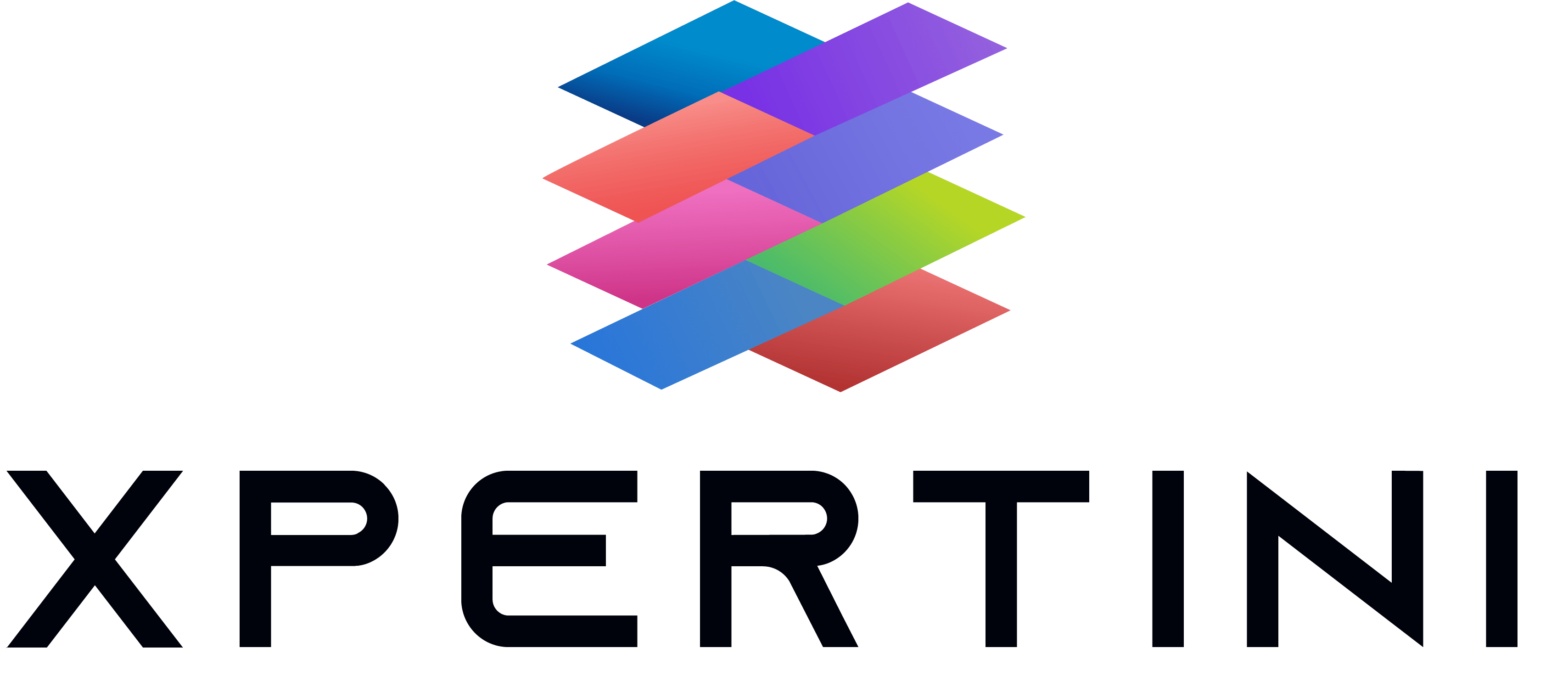In today’s rapidly evolving technological landscape, 3D printing stands out as a transformative force in product design. Its impact is evident across various industries, from healthcare to automotive. This blog post delves into the benefits of pursuing a career in 3D printing applications in product design, exploring job market trends, education and training requirements, salary prospects, work-life balance, job stability, networking opportunities, industry specifics, skills gap analysis, future trends and technology, and risk assessment. Whether you are a seasoned professional or a recent graduate, understanding these facets can help you navigate and excel in this dynamic field.

Career in 3D Printing: An Overview
3D printing, also known as additive manufacturing, involves creating three-dimensional objects from digital models by layering materials. This technology has revolutionized product design by enabling rapid prototyping, customization, and complex geometries. Key industries leveraging 3D printing include automotive, aerospace, healthcare, and consumer goods. Professionals in this field work on designing, developing, and refining products using advanced 3D printing technologies, making their roles critical in driving innovation and efficiency.
Job Market Trends
The demand for 3D printing professionals has surged as more industries recognize the technology’s potential. According to recent reports, the global 3D printing market is projected to grow at a compound annual growth rate (CAGR) of 21% over the next five years. This growth translates into abundant job opportunities in various roles, including 3D printing engineers, designers, and technicians. The rise of Industry 4.0 and the integration of digital manufacturing are further fueling the need for skilled professionals who can navigate and leverage these advancements.
Education and Training Requirements
A career in 3D printing applications in product design typically requires a strong educational foundation in engineering, design, or a related field. Relevant degrees include mechanical engineering, industrial design, and materials science. Additionally, specialized training and certifications in 3D printing technologies are highly beneficial. The “3D Printing Applications in Product Design” course offers a comprehensive curriculum that covers the latest techniques and tools, providing hands-on experience to equip students with the necessary skills.
Salary and Benefits
Professionals in the 3D printing industry enjoy competitive salaries and a range of benefits. Entry-level positions typically start at around $50,000 annually, with experienced professionals earning upwards of $100,000. Additional benefits often include health insurance, retirement plans, and performance bonuses. The potential for salary growth is significant, particularly for those who continually update their skills and take on leadership roles. The rewarding financial aspect, combined with the opportunity to work on cutting-edge projects, makes this career path highly attractive.
Work-Life Balance
Work-life balance in the 3D printing sector can be favorable, with many companies offering flexible working hours and remote work options. The nature of the work often involves project-based tasks, allowing professionals to manage their time effectively. Moreover, the integration of automation and advanced software tools reduces the need for extensive manual labor, further enhancing work-life balance. Employers in this field understand the importance of maintaining a healthy work-life balance, which contributes to higher job satisfaction and productivity.
Job Stability
Job stability in the 3D printing industry is reinforced by the technology’s growing adoption and integration into various sectors. As companies continue to invest in 3D printing to enhance their product development processes, the demand for skilled professionals remains robust. The versatility of 3D printing applications—from rapid prototyping to production manufacturing—ensures a steady stream of projects and opportunities. Additionally, the continuous advancements in 3D printing technology create a dynamic environment where professionals can thrive and grow their careers.
Networking Opportunities
Building a professional network is crucial in the 3D printing industry. Industry events, conferences, and trade shows offer excellent opportunities to connect with peers, potential employers, and industry leaders. Online communities and forums dedicated to 3D printing are also valuable resources for networking and knowledge sharing. Active participation in these platforms can lead to collaborations, job opportunities, and staying updated with the latest industry trends and innovations.
Industry Specifics
The application of 3D printing varies significantly across different industries. In the automotive sector, 3D printing is used for prototyping and producing complex parts. The aerospace industry leverages the technology for lightweight components and rapid prototyping. Healthcare applications include creating custom prosthetics, implants, and even bioprinting tissues. Each industry presents unique challenges and opportunities, requiring specific skills and knowledge. Understanding these industry-specific applications helps professionals tailor their expertise to meet diverse demands.
Skills Gap Analysis
Despite the growing demand for 3D printing professionals, there is a notable skills gap in the industry. Essential skills include proficiency in 3D modeling software, understanding of material properties, and knowledge of 3D printing technologies and processes. Soft skills such as problem-solving, creativity, and project management are equally important. The “3D Printing Applications in Product Design” course addresses these gaps by offering comprehensive training that combines technical knowledge with practical applications, ensuring that graduates are well-prepared for the job market.
Future Trends and Technology
The future of 3D printing is poised for exciting advancements. Emerging trends include the use of artificial intelligence (AI) for optimizing print processes, the development of new materials with enhanced properties, and the integration of 3D printing with other technologies like the Internet of Things (IoT) and blockchain. These innovations promise to expand the capabilities and applications of 3D printing, making it an even more integral part of product design and manufacturing. Staying abreast of these trends is crucial for professionals looking to remain competitive in the industry.
Risk Assessment
While a career in 3D printing applications in product design offers numerous benefits, it also comes with certain risks. Rapid technological changes require continuous learning and adaptation. There is also the challenge of staying updated with regulatory standards and material safety guidelines. However, these risks can be mitigated through ongoing education, professional development, and adherence to best practices. The potential rewards—both professional and financial—make the investment in overcoming these challenges worthwhile.
Additional Resources:
- Unlocking the Future: A Career in 3D Printing Applications in Product Design
- Unlocking Your Potential: Exploring Career Opportunities in Personal Development and Self-Improvement
- Master Your Wealth: Exploring Careers in Personal Finance and Investment
- Building Wealth, Building Futures: Exploring Careers in Personal Finance and Wealth Management
- Navigating the Cosmos: Exploring Careers in Planetary Science and Exploration
- Shaping the Future: A Career in Education
- Behind the Scenes: A Career in Film Studies
- Mastering Money: A Career in Financial Literacy and Money Management
- Streamlining Success: The Advantages of Pursuing a Course in Industrial Automation
- Introduction to Accounting Principles
Table of Contents
Categories:
Latest Posts:
FAQ
Q: What is the typical educational background required for a career in 3D printing?
A: A degree in mechanical engineering, industrial design, materials science, or a related field is typically required. Specialized training in 3D printing technologies is also highly beneficial.
Q: What is the job outlook for 3D printing professionals?
A: The job outlook is very positive, with the global 3D printing market expected to grow significantly. This growth translates into increased job opportunities and career advancement prospects.
Q: How does 3D printing improve work-life balance?
A: 3D printing often involves project-based work, allowing for flexible schedules and remote work opportunities. Automation and advanced tools also reduce the need for extensive manual labor, contributing to a better work-life balance.
Q: What industries are leading the adoption of 3D printing?
A: Key industries include automotive, aerospace, healthcare, and consumer goods. Each of these sectors uses 3D printing for various applications such as prototyping, production, and custom manufacturing.
Q: What are the future trends in 3D printing technology?
A: Future trends include the integration of AI for process optimization, the development of new materials, and the combination of 3D printing with IoT and blockchain technologies. These advancements will further expand the capabilities and applications of 3D printing.
